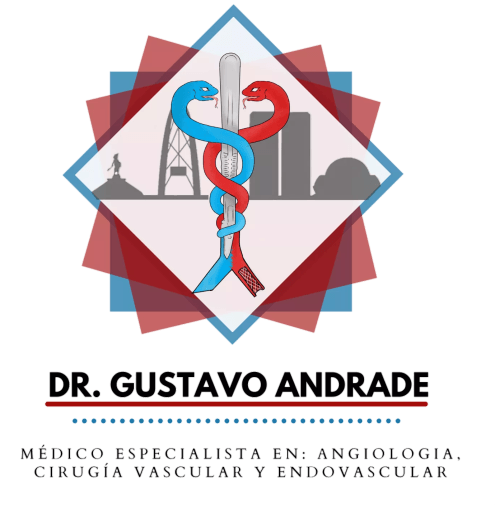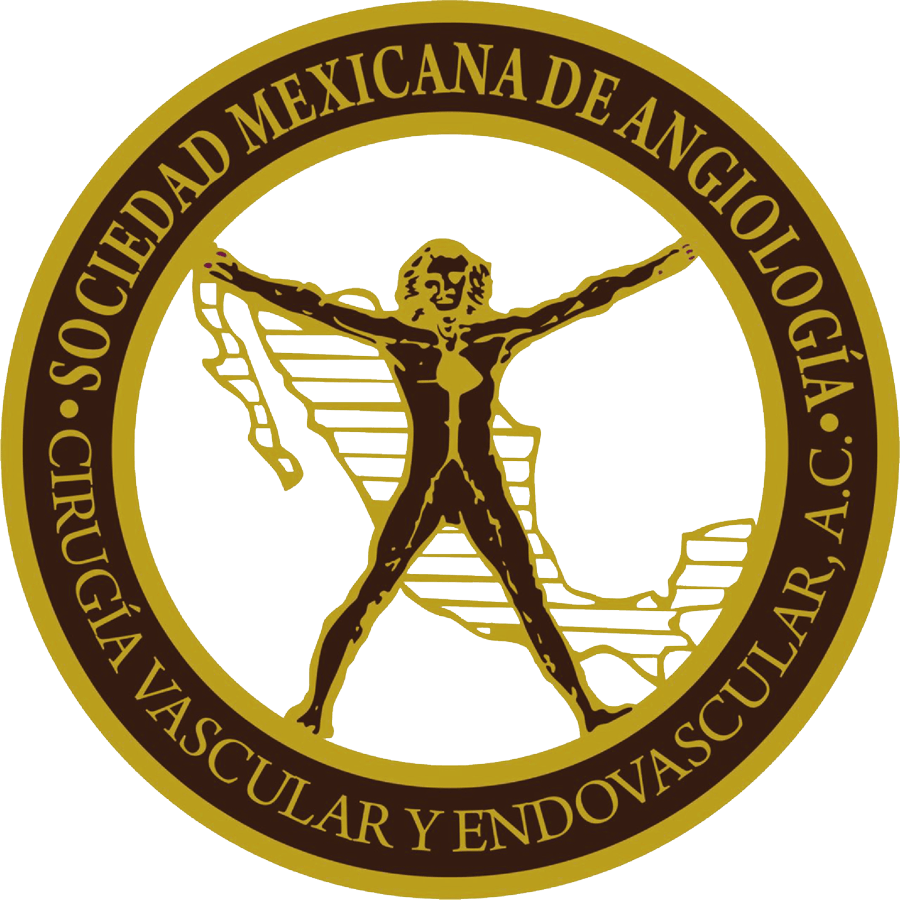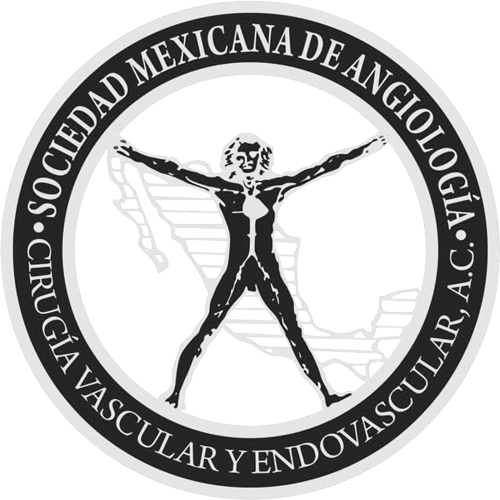Decide to improve your quality of life and call the doctor specializing in angiology IN TIJUANA
Treatments:
Enjoy healthy feet!
For Varicose veins, diabetic foot, vascular access for hemodialysis, leg ulcers, vascular trauma, aneurysms, peripheral catheterization as well as Diabetic foot care, circulatory malformations Aneurysms, Vascular angiology, High cholesterol, Creation of arteriovenous fistulas for hemodialysis, Edema, Hypertension and diabetes, Arterial insufficiency of the legs secondary to smoking, Ulcers or infections in the legs and diabetic foot Varicose ulcers in the legs Varicose veins and spider veins, Varicose veins, Swelling of the legs, Lymphedema, tumors and varicose veins Thrombophlebitis and venous thrombosis Diabetic leg ulcers, lower, upper and carotid limbs, and venous thrombosis.
Why we?
Diabetic Foot Treatment
Dr. Gustavo Andrade is a specialist in Tijuana to treat conditions linked to the diabetic foot. With Dr. Gus, he understands the risks of poor circulation, identifies if there is any blockage in your arteries, and works to prevent injuries that could become a threat to your feet & reduce the likelihood of amputation.
- Stopping diabetic footAssessment of diabetic footDiabetic foot care
When to see your doctor If you experience any of these symptoms, don't wait until your next appointment. See your GP or foot doctor immediately:
- Leg pain or cramps in the buttocks, thighs, or calves during physical activity. Tingling, burning, or pain in your feet. Loss of the sense of touch or the ability to feel heat or cold very well. A change in the shape of your feet over time. * Hair loss on the toes, feet and lower legs. Dry, cracked skin on your feet. A change in the color and temperature of your feet. Thickened and yellow toenails. Fungal infections such as athlete's foot between the toes. A blister, sore, ulcer, infected corn, or ingrown toenail.
Our greatest objective is the rescue of the diabetic foot. You can have diabetes and live a life without complications. Visit us.
Treatment for diabetic neuropathy
Symptoms
There are four main types of diabetic neuropathies. You may have one or more types of neuropathy. Symptoms depend on the type you have and the nerves affected. Symptoms usually appear progressively. You may not notice that something is wrong until considerable nerve damage has occurred.
Peripheral neuropathy
This type of neuropathy may also be called distal symmetric peripheral neuropathy. It is the most common type of diabetic neuropathy. It affects the feet and legs first, followed by the hands and arms. The signs and symptoms of peripheral neuropathy usually worsen at night. Among them are the following:
- Numbness and reduced ability to feel pain or perceive temperature changes Tingling or burning sensations Cramps or shooting pains Muscle weakness Extreme sensitivity to touch (for some people, even contact with sheets can be painful) Serious foot problems, such as ulcers, infections, and bone and joint damage
Treatment for Leg Lymphedema

Lymphedema is swelling in an arm or leg. In exceptional circumstances, it affects both arms or both legs. It can also affect the chest wall and abdomen.
When should you see a doctor
Make an appointment with your doctor if you notice persistent swelling in your arms or legs. If you have already been diagnosed with lymphedema, see your doctor if there is a sudden and drastic increase in the size of the affected limb.
Symptoms
Signs and symptoms of lymphedema include:
- Swelling of all or part of the arm or leg, including the fingers and toesFeeling of heaviness or tightnessLimited range of motionRecurring infectionsHardening and thickening of the skin (fibrosis)
Bunion Care & Treatment
What are bunions?
A relatively common but annoying and unattractive malformation are the famous bunions of the feet. For them, we have a bunion surgery service, a procedure known as a “bunionectomy,” which aims to realign the toe and remove the bony protuberance.
Bunions tend to occur more frequently in women than in men, and in people with abnormal bones from birth, so the problem can be hereditary, but not impossible to correct for Dr. Gustavo, specialist in diabetic foot, Vascular Surgery, Endovascular, Circulation Diseases and Varicose Veins Tijuana. Request a consultation and find out which option is best for you.
Fish Eye Treatment & Care
It is also known as a soft callus and usually appears on the sole of the foot, generally between the fourth and fifth toes. If you notice a small, calloused, swollen bump that causes pain.
As they are contagious, spread quickly, are annoying, and even painful, and are unsightly, it is advisable to start treating them as soon as they appear; it is best to treat them as soon as possible. Ask us about the most suitable treatment for you.
Treatment for ingrown nails
When the edge of a nail digs into the skin of the toe, it can cause inflammation, pain, and discomfort when walking or wearing certain shoes. And if it is not attended to, it can cause infection.
This condition is relatively common among people who engage in activities such as athletic running or dancing, but it is easy to treat if you see a specialist doctor.
Fungal Nail Treatment
Nail fungus is also known as onychomycosis and consists of the appearance of organisms called dermatophytes and yeasts that thicken the nail, change its color and weaken it, until detaching it, in severe cases, completely from the foot.
They can affect both the nail and the skin underneath it. A fungal infection is easy to recognize with the naked eye. Cultures are not required for diagnosis. In cases of onychomycosis, the nail usually has yellow and/or white stripes, a result of debris that accumulates under or around the nail.
It is important to solve it, because in addition to aesthetic problems, its appearance can sensitize the area, cause pain, and consequently, affect the daily activities of those who have the problem.
If the nails do not heal, the fungus can spread to other nails, and even go beyond them. Beyond the appearance they take, healthy nails are an indication of good health. Dr. Gustavo has the treatment that best suits you.
Fish Eye Treatment & Care
It is also known as a soft callus and usually appears on the sole of the foot, generally between the fourth and fifth toes. If you notice a small, calloused, swollen bump that causes pain.
As they are contagious, spread quickly, are annoying, and even painful, and are unsightly, it is advisable to start treating them as soon as they appear; it is best to treat them as soon as possible. Ask us about the most suitable treatment for you.

Slide title
Write your caption hereButton

Slide title
Write your caption hereButton

Slide title
Write your caption hereButton
Cardiovascular diseases are the third cause of death in Mexico.
Among the most frequent conditions we find chronic venous disease known as varicose veins, varicose ulcer, deep vein thrombosis, chronic arterial insufficiency, acute arterial insufficiency and diabetic foot.

"Dr. Gus quickly solved my problem, very accurate in his diagnosis and after days of suffering, in a matter of hours I feel much better, thank you."
Manuel Martinez
Button
"Thank you, thank you very much, we are super satisfied. We give it an 11 from 1 to 10... I would recommend it to MY family and friends"
Carlos González
Button
"Dr. Gustavo showed professionalism and the experience is outstanding. I was seen immediately by my Dr. Gus and treated with great respect. This is definitely a clinic I will return to, and I am also happy to recommend my friends here."
CHARLIE B.
Button
LOCATION
Dr. Gus | Angiologist
Francisco Javier Mina 1415, Mex-Chino Building Zona Urbana Rio 22010 Tijuana, BC
Clinic Hours (By Appointment)
- Mon - Tue
- -
- Wednesday
- Closed
- Thu - Fri
- -
- Saturday
- -
- Sunday
- Closed





